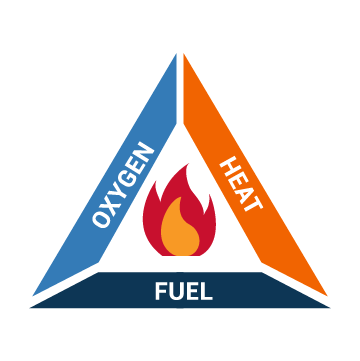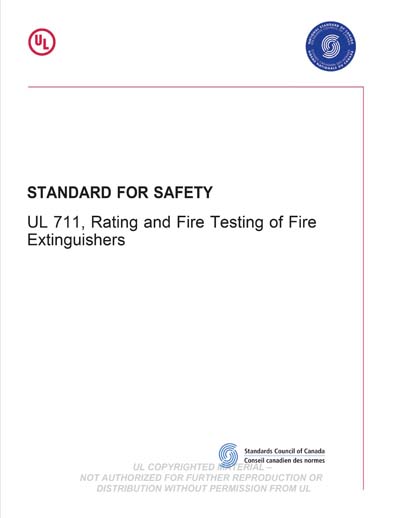

Depending on the type of extinguisher, the vial of acid could be broken in one of two ways. A vial of concentrated sulfuric acid was suspended in the cylinder. His extinguisher used the reaction between sodium bicarbonate solution and sulfuric acid to expel pressurized water onto a fire. A soda-acid extinguisher was patented in the U.S. The soda-acid extinguisher was first patented in 1866 by Francois Carlier of France, which mixed a solution of water and sodium bicarbonate with tartaric acid, producing the propellant CO 2 gas. Patent Office in Washington, DC under patent number 125,603. Thomas J Martin, an American inventor, was awarded a patent for an improvement in the Fire Extinguishers on March 26, 1872. When operated it expelled liquid onto the fire.
NFPA 10 2018 PDF FREE PORTABLE
This device was probably used to a limited extent, as Bradley's Weekly Messenger for November 7, 1729, refers to its efficiency in stopping a fire in London.Ī portable pressurised fire extinguisher, the 'Extincteur' was invented by British Captain George William Manby and demonstrated in 1816 to the 'Commissioners for the affairs of Barracks' it consisted of a copper vessel of 3 gallons (13.6 liters) of pearl ash ( potassium carbonate) solution contained within compressed air. This was connected with a system of fuses which were ignited, exploding the gunpowder and scattering the solution.

It consisted of a cask of fire-extinguishing liquid containing a pewter chamber of gunpowder. The first fire extinguisher of which there is any record was patented in England in 1723 by Ambrose Godfrey, a celebrated chemist at that time.

They have the advantage of simple and prompt recharge, allowing an operator to discharge the extinguisher, recharge it, and return to the fire in a reasonable amount of time. This type is not as common, used primarily in areas such as industrial facilities, where they receive higher-than-average use. Cartridge-operated extinguishers contain the expellant gas in a separate cartridge that is punctured prior to discharge, exposing the propellant to the extinguishing agent. Stored pressure fire extinguishers are the most common type. With dry chemical extinguishers, nitrogen is typically used water and foam extinguishers typically use air. Depending on the agent used, different propellants are used. In stored pressure units, the expellant is stored in the same chamber as the firefighting agent itself.

There are two main types of fire extinguishers: stored-pressure and cartridge-operated. Fire extinguishers manufactured with non-cylindrical pressure vessels also exist but are less common. Typically, a fire extinguisher consists of a hand-held cylindrical pressure vessel containing an agent that can be discharged to extinguish a fire. It is not intended for use on an out-of-control fire, such as one which has reached the ceiling, endangers the user (i.e., no escape route, smoke, explosion hazard, etc.), or otherwise requires the equipment, personnel, resources and/or expertise of a fire brigade. A stored-pressure fire extinguisher made by AmerexĪ fire extinguisher is an active fire protection device used to extinguish or control small fires, often in emergency situations.


 0 kommentar(er)
0 kommentar(er)
